
Stubai Valley – Four family-friendly skiing areas cater to all aptitudes
Jackson Hole or Hokkaido? Courchevel or St Moritz? None of the above, says Darius Sanai, rediscovering a childhood passion for why Austria offers one of the most involving ski experiences of all
For a sport that essentially involves the same thing, namely gliding down a mountainside with your feet attached to fiberglass boards, skiing divides opinions quite dramatically among its connoisseurs. If you play golf, you will more likely than not admire the same courses as other golf savants; mountaineers agree that Nanga Parabat and K2 are likely to exercise you more than any other peak; drivers aspire to the Nürburgring.
But ask 10 experienced and affluent skiers their opinions on where the best place is to ski and you will likely receive 10 opinions. A powderhound might insist on Jackson Hole. A lover of open pistes (and diamonds) will cast her vote for Courchevel. Fans of vertical drops (and gourmet lunches) will urge you to visit Zermatt. Heli-skiing fanatics will go for the Alberta back country; expert ski/socialisers will favour Aspen. And so on.
And they may all be correct, for skiing has so many sides to it, both on the slopes and in terms of what happens before, afterwards and in between. One of the prominent categories of aficionados is the Austria-lover. While this may seem a rather broad church — affiliated to a country, rather than a single resort — it shares a common range of loves, and I have to admit that I am becoming part of it.
To be an echt Austriaphile, you need to satisfy various conditions. You need to be an admirer, and consumer, of that country’s unique tradition of gastronomically high-achieving, comfortable, familyrun, small luxury hotels. These are never part of a chain, and often idiosyncratic, but are run to exacting standards of hotel keeping that would make many a luxury chain blush. They are as precise in their standards as Swiss watches; indeed Switzerland has a similar tradition, although its luxury mountain hotels tend to be bigger, grander, and more generic (and less gastronomic) than the Austrians.

Spa Facilities – Relax in the indoor or outdoor pool with views of the Tyrol mountains
You need also to admire wood-panelled cosiness, in quantities that can sometimes be kitsch, and are now sometimes melded with contemporary chic. You should favour friendly Alpine village-style service over highly trained service staff who could be replicated from an island resort. And you have to tolerate idiosyncracies: slopes that do not link up as well as some of the slickest purpose-built resorts and mountain areas that sometimes require a walk from your hotel (although the advent of ski depots on the mountain has taken the pain away from this element).
I am not new to Austria. I learned to ski there, in the era of long skis and Franz Klammer, and having since skied pretty much the best of Europe, North America and Africa (although not Japan’s Hokkaido, which remains on the must-ski list), find myself irresistibly attracted to it again now I have a family of my own learning to ski. Partly it is because of the superb standard of the Austrian ski instructors; partly it is because the country is so well served by Crystal, the excellent UK ski tour operator; and partly it is for all the reasons outlined above.
And as it is time to be planning your winter’s hit of snow and mulled wine, I can heartily recommend you replicate our own experience last winter; if you are not an Austriaphile already, it is likely to convert you.
Our chosen destination was not one of Austria’s world-famous names (St Anton, Lech, Kitzbühel), but a village (Neustift) in a valley (the Stubaital) that was previously unknown, even to me. The decision was informed by the fact that Neustift has a highly-rated family-run luxury hotel, the Jagdhof, with indoor and outdoor pools; it also has snow-sure glacier skiing at the Stubai glacier, a few kilometres down the valley; and it is amazingly near Innsbruck airport — a mere 25 minute transfer, which, when you have car-sick children to worry about, is a holiday game changer to the three to five hours each way required by many of the big resorts in France.

The Stuben – Enjoy an extensive breakfast spread and award-winning cuisine in the expansive restaurant
The Jagdhof appeared slightly unprepossessing at first, as it is tucked on a road exiting the village of Neustift; it is only on entering that you realise that its gardens, views and open spaces are on the other side, onto which our room, a family suite in the annexe, fortunately looked. Our balcony was vast, big enough to cross country ski on, and it sat above meadows and parkland covered with thick snow, and a view down the valley towards the glacier on which we would be skiing. The bar at the Jagdhof, where we went every evening for the pre-dinner aperitif, is all alcoves, wooden panels and super-professional bartenders, exactly as an Austrian hotel’s bar ought to be. There was no attempt to mimic urban bar chic in terms of décor, and although there was an extensive cocktail list, we delved instead into the quite superb list of Austrian and other European wines. Occasional wine drinkers may be familiar with refreshing Austrian Grüner Veltliners and fruity Rieslings, but Austria also has an array of distinctive, characterful, soft and layered red wines that don’t see broad distribution outside the country. They go very well with post-skiing evenings, sitting in the intimate restaurant across the corridor from the bar, sipping as temperatures drop outside. Blaufrankish and Blauburgunder from Burgenland, Pinot Noir from the Wachau: these warm but approachable reds also matched the intricate cuisine served in the restaurant. Char, trout, salmon and turbot were fragranced, always perfectly cooked, and nuanced rather than overwhelmed by their accompaniments; lamb was a mountain staple. Desserts were Austrian-sweet and creamy. (One observation: if you are not too fond of dairy, it is worth letting them know, as this is a chef who is fond of his cream and cream-based foams, from the amuses onwards.)

Hotel Jagdhof – Expect traditional Tyrolean hospitality in the five-star hotel
And then, there was the skiing. The Stubaital, or Stubai valley, of which Neustift is the main village, has a number of skiing areas, the most extensive and snow-sure of which is the glacier, at its southern end. The journey to the lifts takes 20 minutes by road and you take the gondola up to the glacier’s hub, you can fan out in a number of directions: everything from nursery slopes to black runs are available.
The children advanced from the nursery area to the longer blue runs fanning around the hub within a day or two; I enjoyed the couple of black runs, although I should note that this is not an area for a group of skiers who only wish to bash the blacks. Some longer reds were exciting also, and the star piste was the 10km (challenging) red run, with almost 2,000m vertical drop, from the top station, through a hidden valley, to the valley station of the gondola. The altitude difference was quite breathtaking, and if you did stop to catch your breath halfway down, you found yourself in a valley with no sign of human hand or habitation (apart from the piste), far away from the lifts and restaurants.
If you are a mixed-ability family or group, and enjoy the convenience of getting together on the mountain for lunch every day and not splitting off from each other for the entire day, the Stubai glacier is one of the best options I have come across in the Alps. There is one caveat: the main gondola serving the glacier is quite old and low-tech, and on a windy day it can close, as happened to us. This is being addressed by a new hi-tech gondola that will open at the start of the 2014 season.
The other areas of the Stubaital are notable more for their cute, tree-lined pistes cutting through the forests (they are at much lower altitude) and excellent mountain huts serving fondues, hearty salads and mountain meat dishes, than their world-beating skiing. For a gentle family meander interspersed with a meal incorporating high-quality ingredients at reasonable prices (I hope the French are paying attention here) they are memorable.
In the end, the blend of traditional warmth, exacting standards, excellent organisation, convenience of transfer, and catering to all standards of skier, is something the Stubaital has down to perfection. If and when our children become experts themselves, we will look elsewhere; but it is heartening to know that varying standards of ski ability do not need to mean an inconsistent standard of holiday.
A number of operators offer five-star packages in Austria; of them Crystal Ski (crystalski.co.uk) is probably the slickest and most experienced. Crystal offers half board at the Hotel Jagdhof including airport lounge passes, flights, transfers, and all the extras you might expect, including the excellent childcare from the kids’ club, which in our experience goes above and beyond the call of duty.

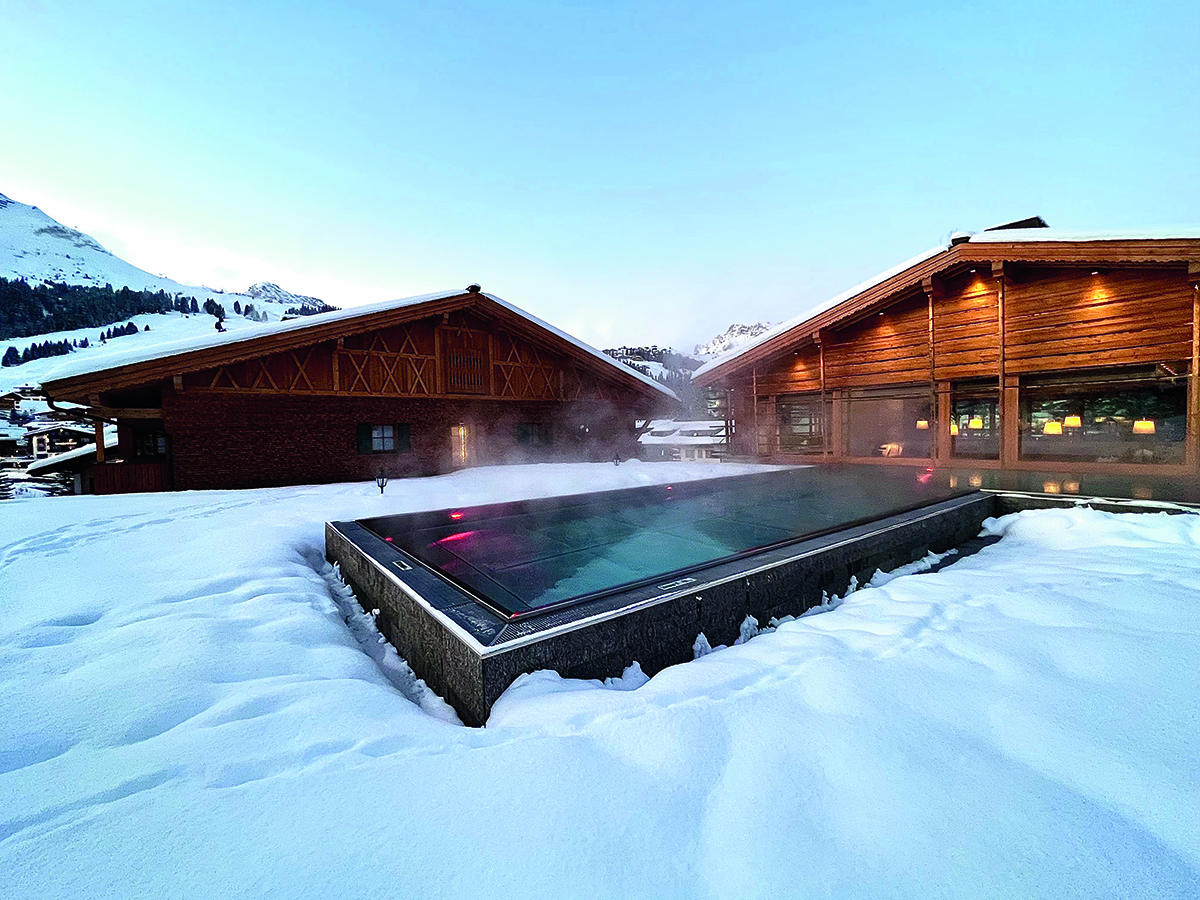
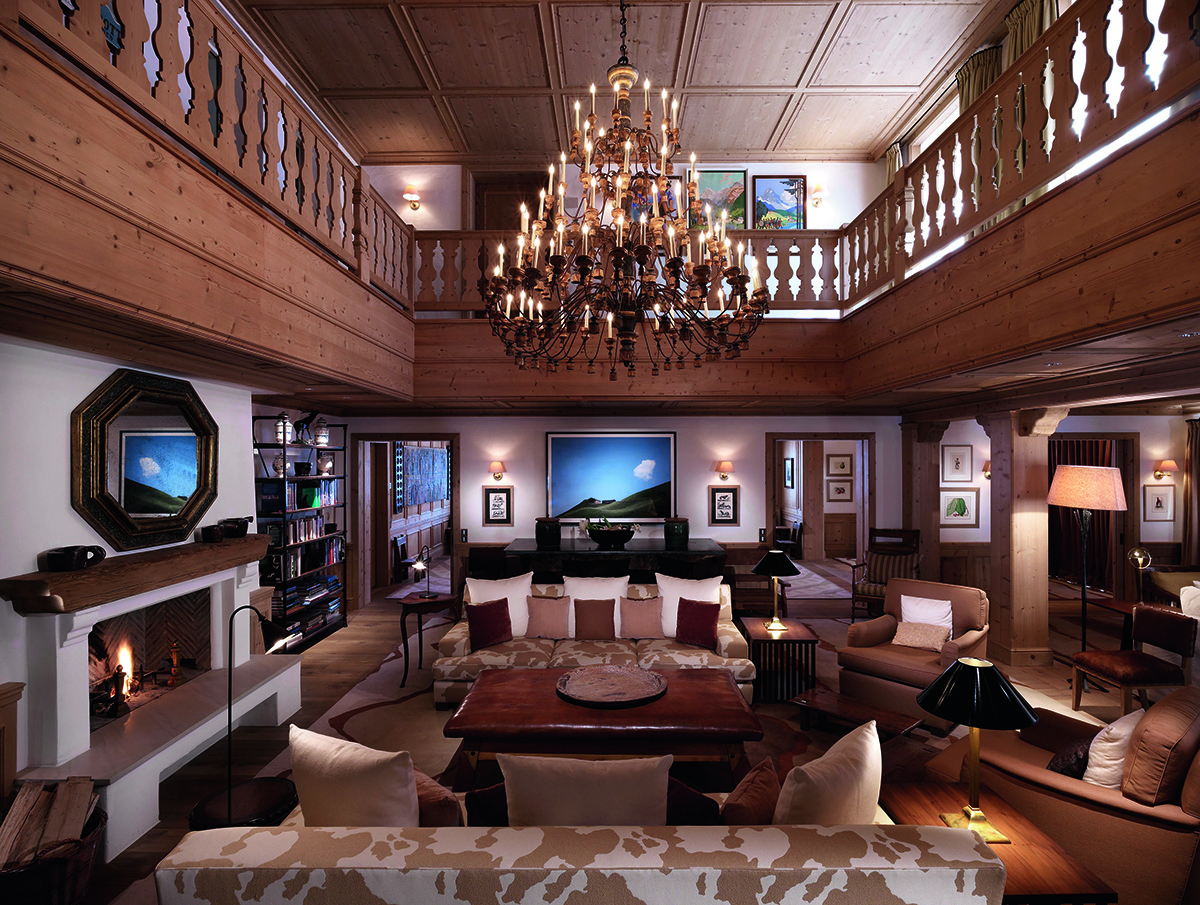
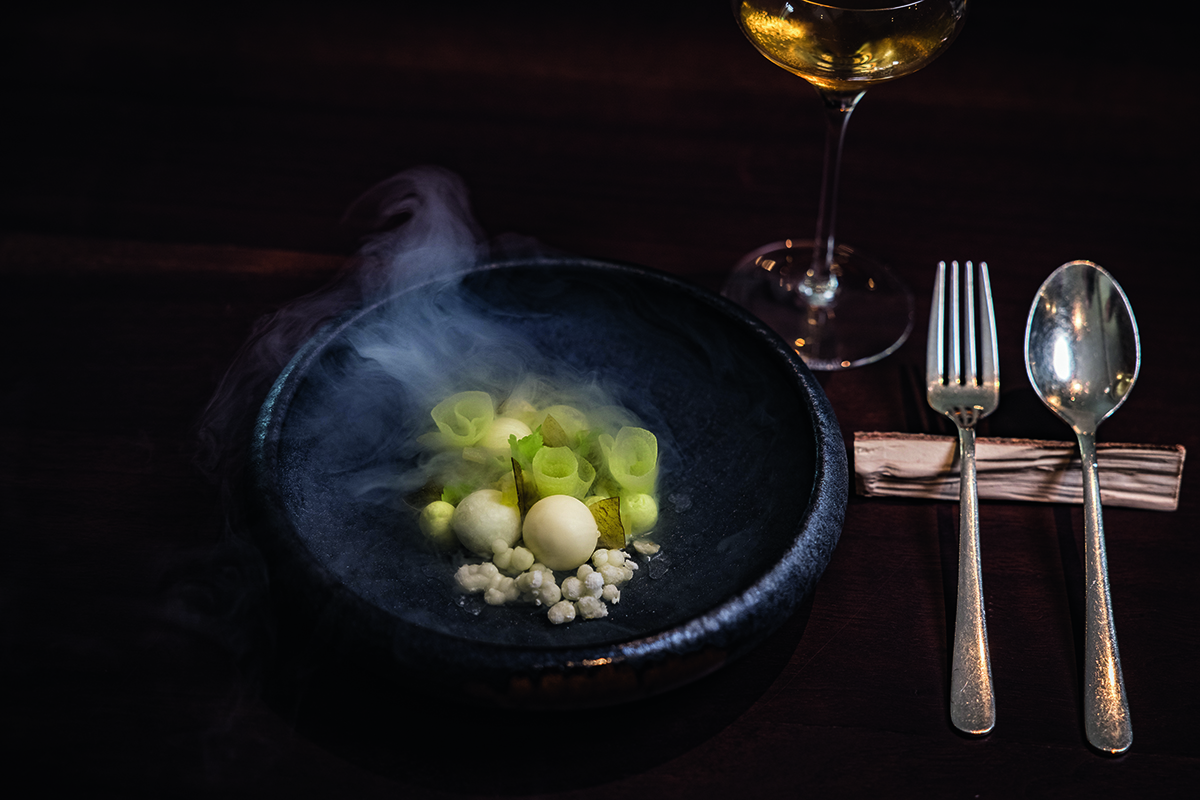
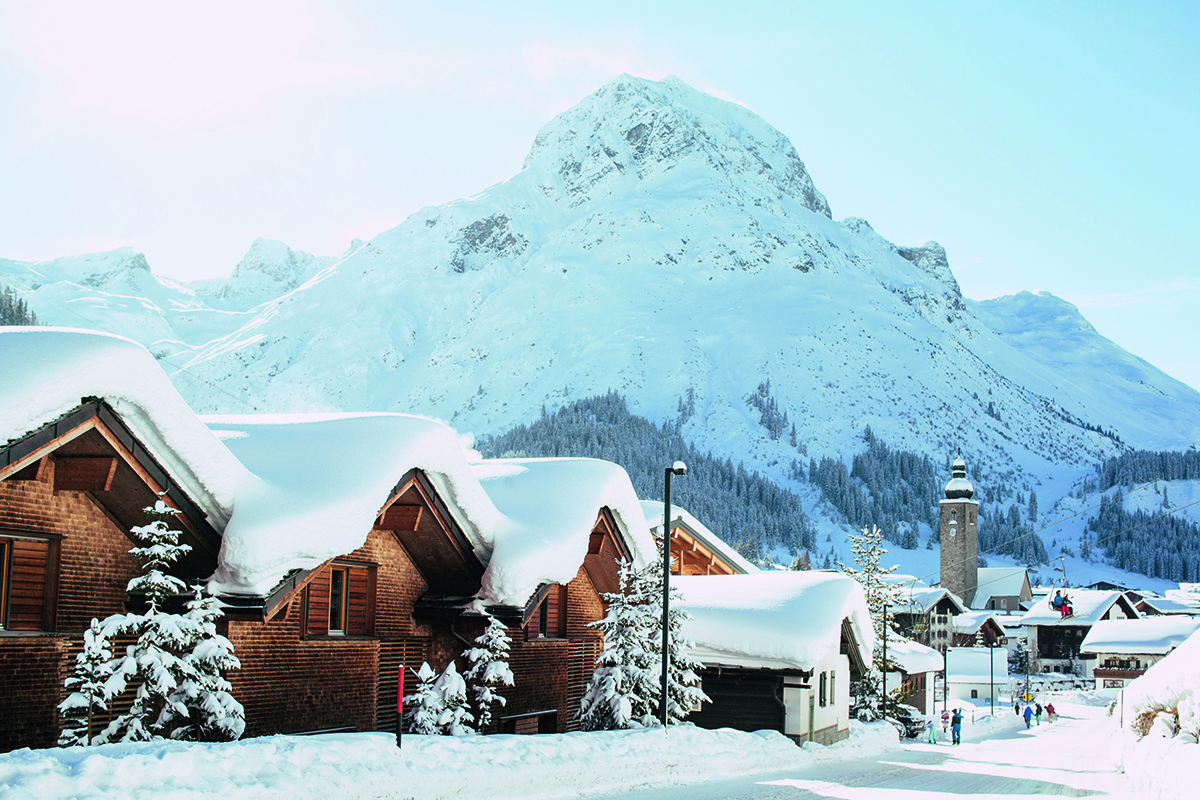



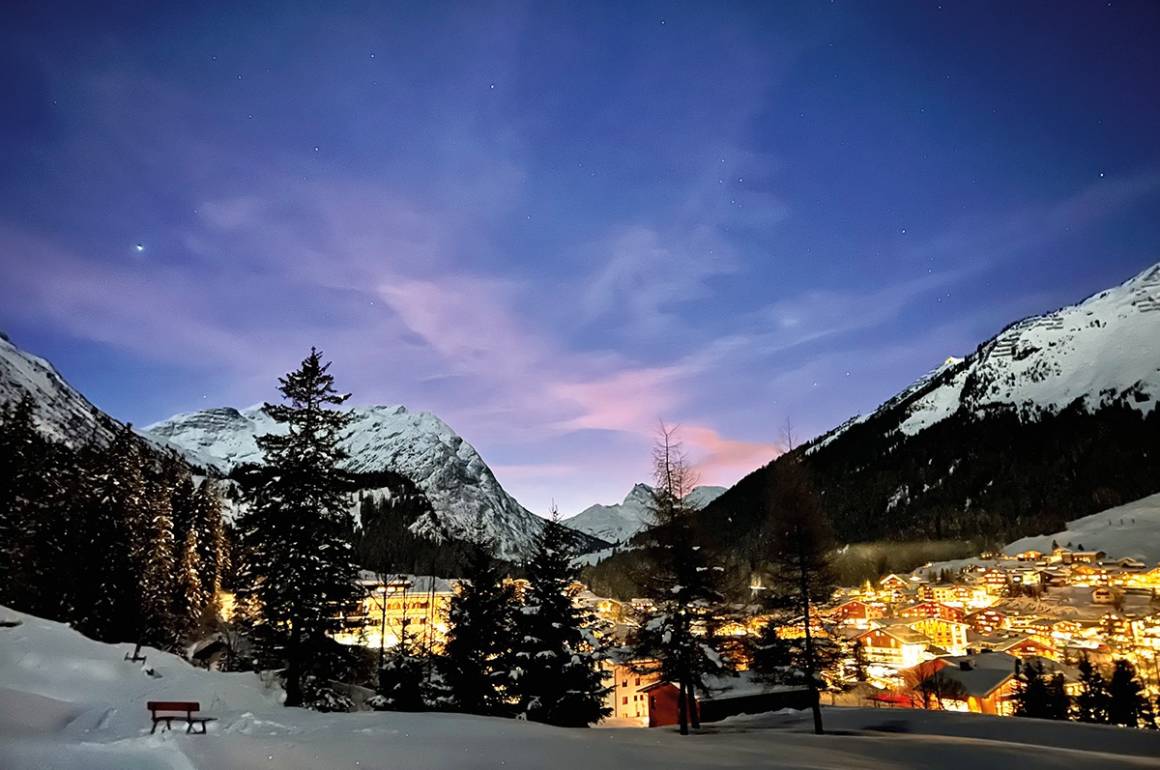
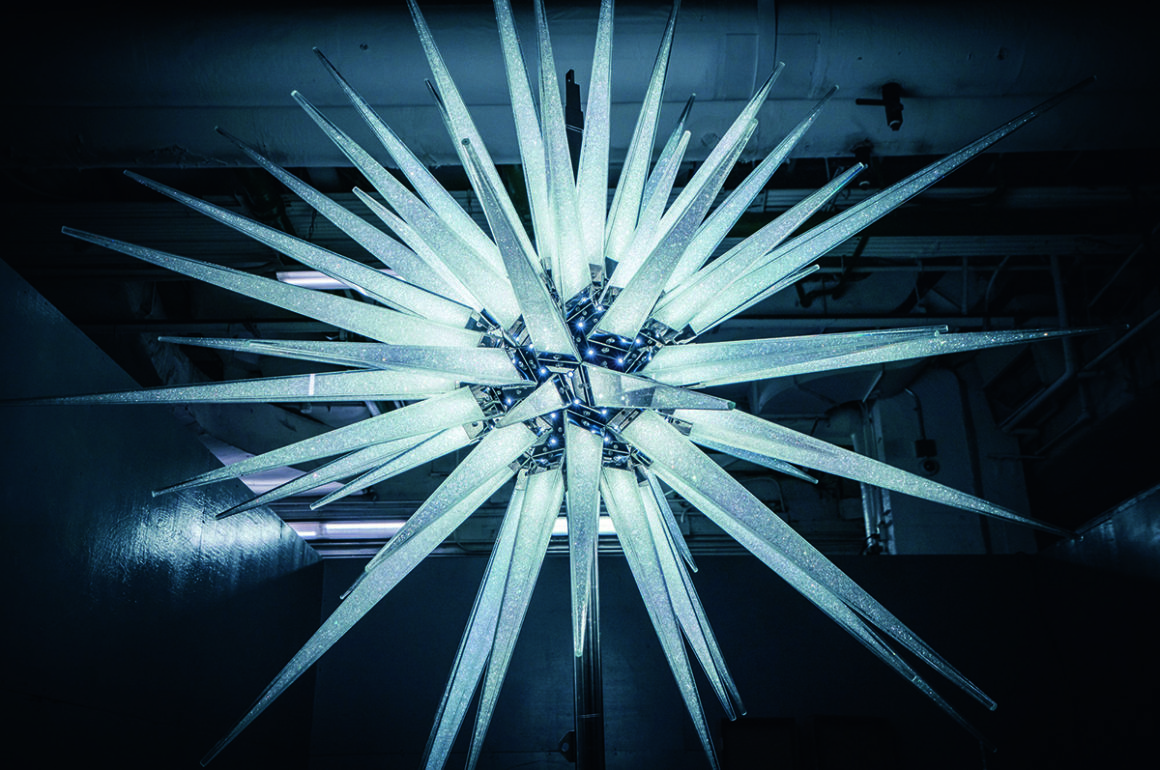
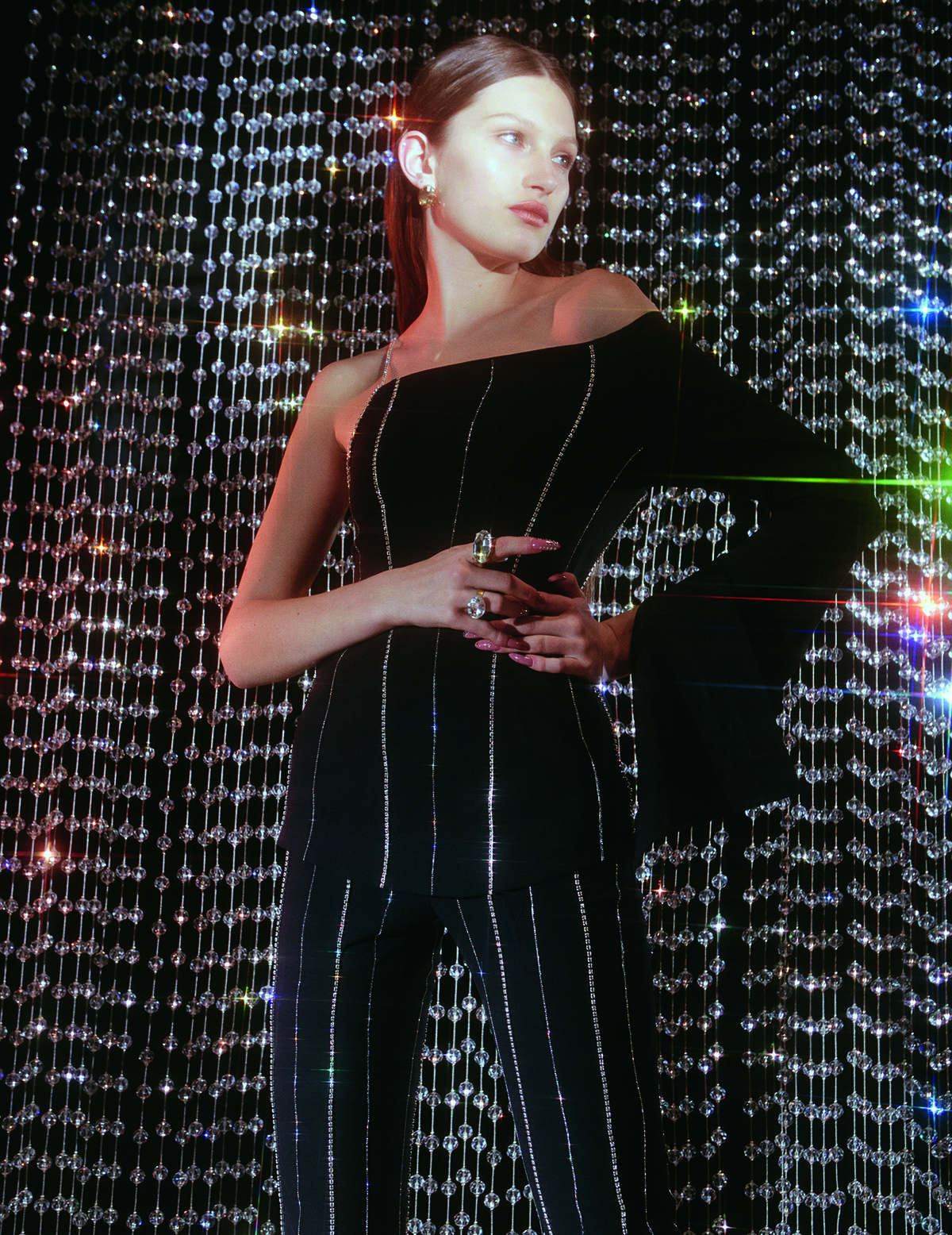
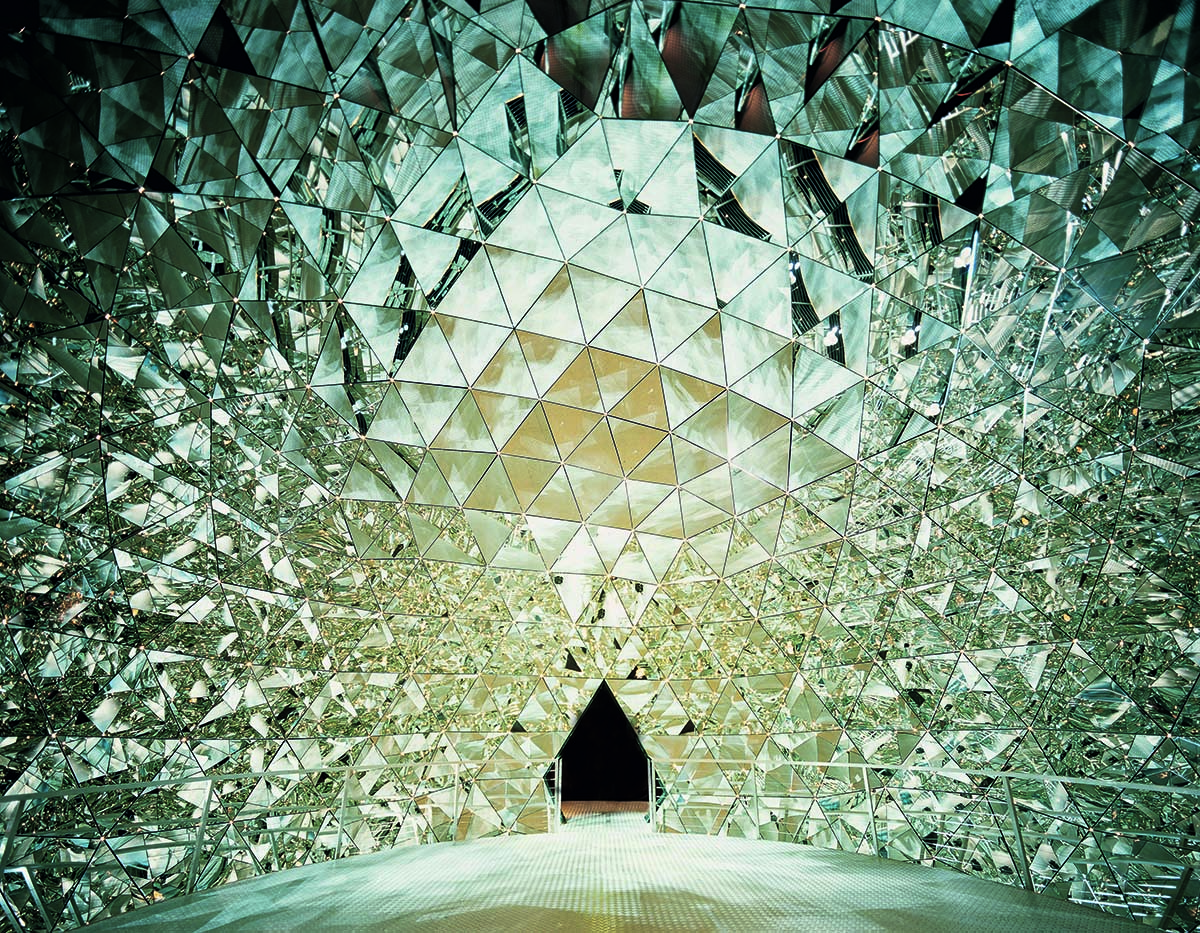
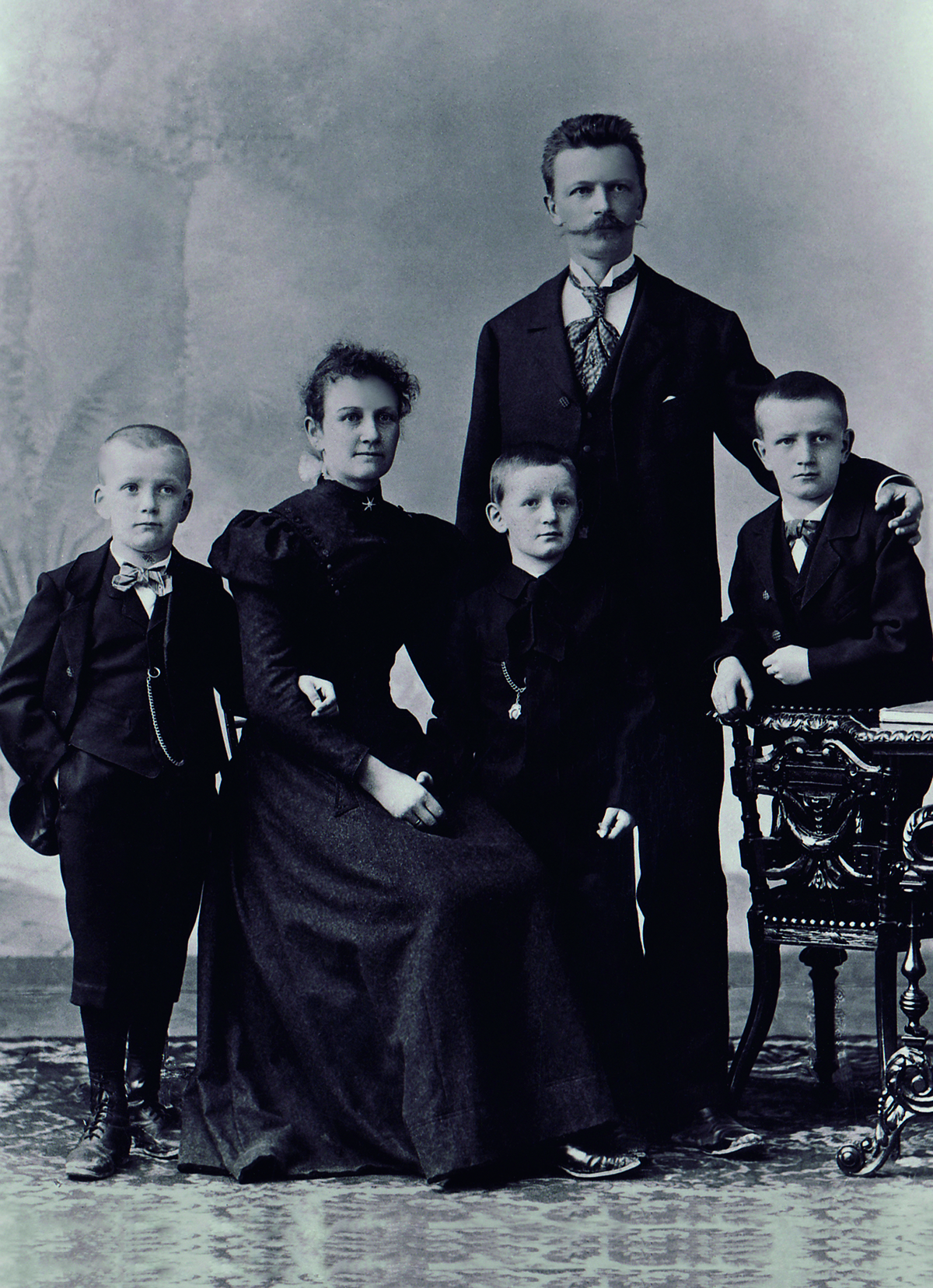
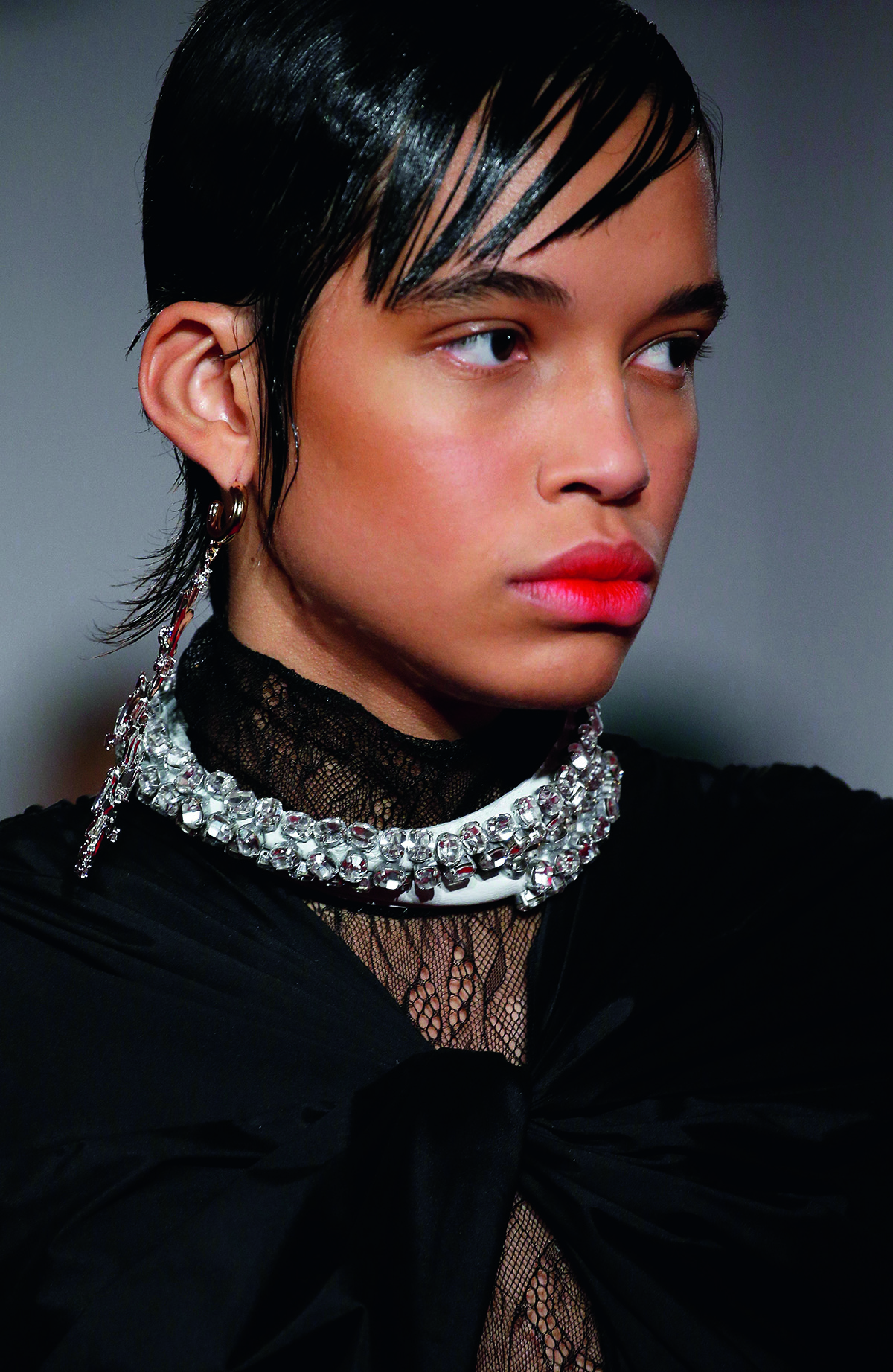
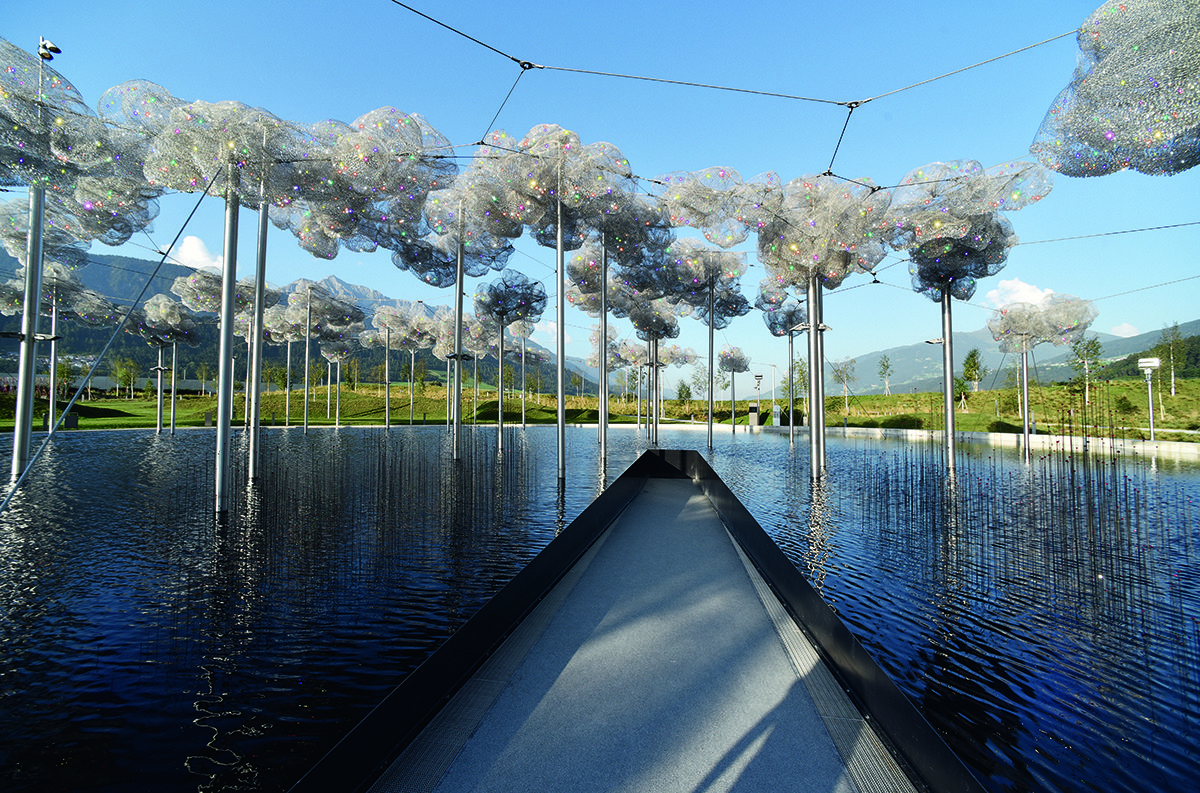
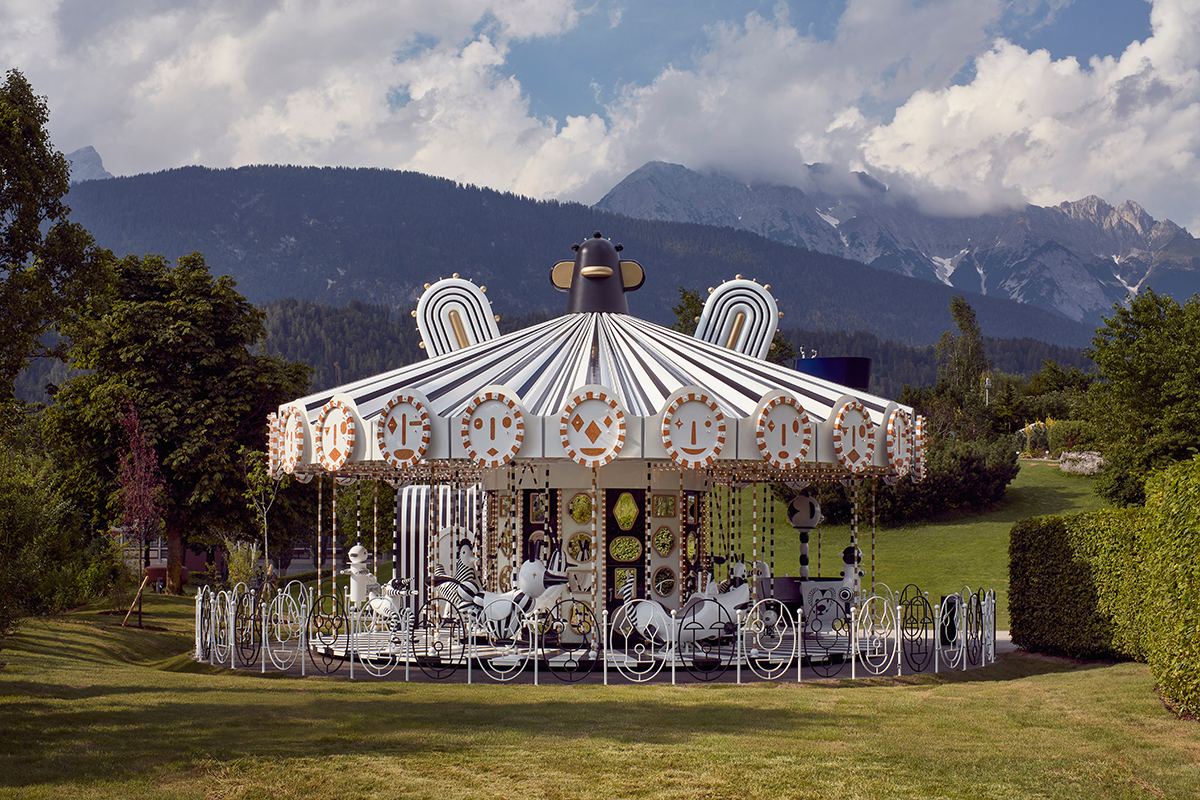
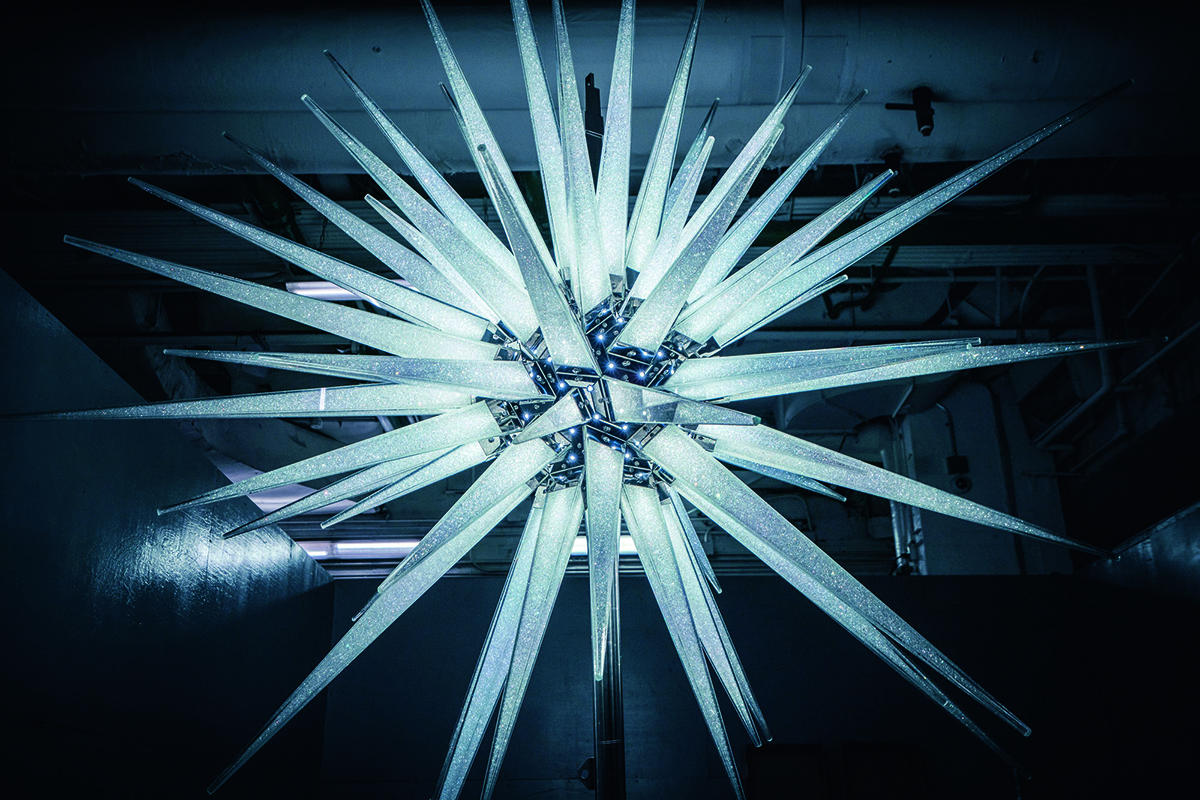
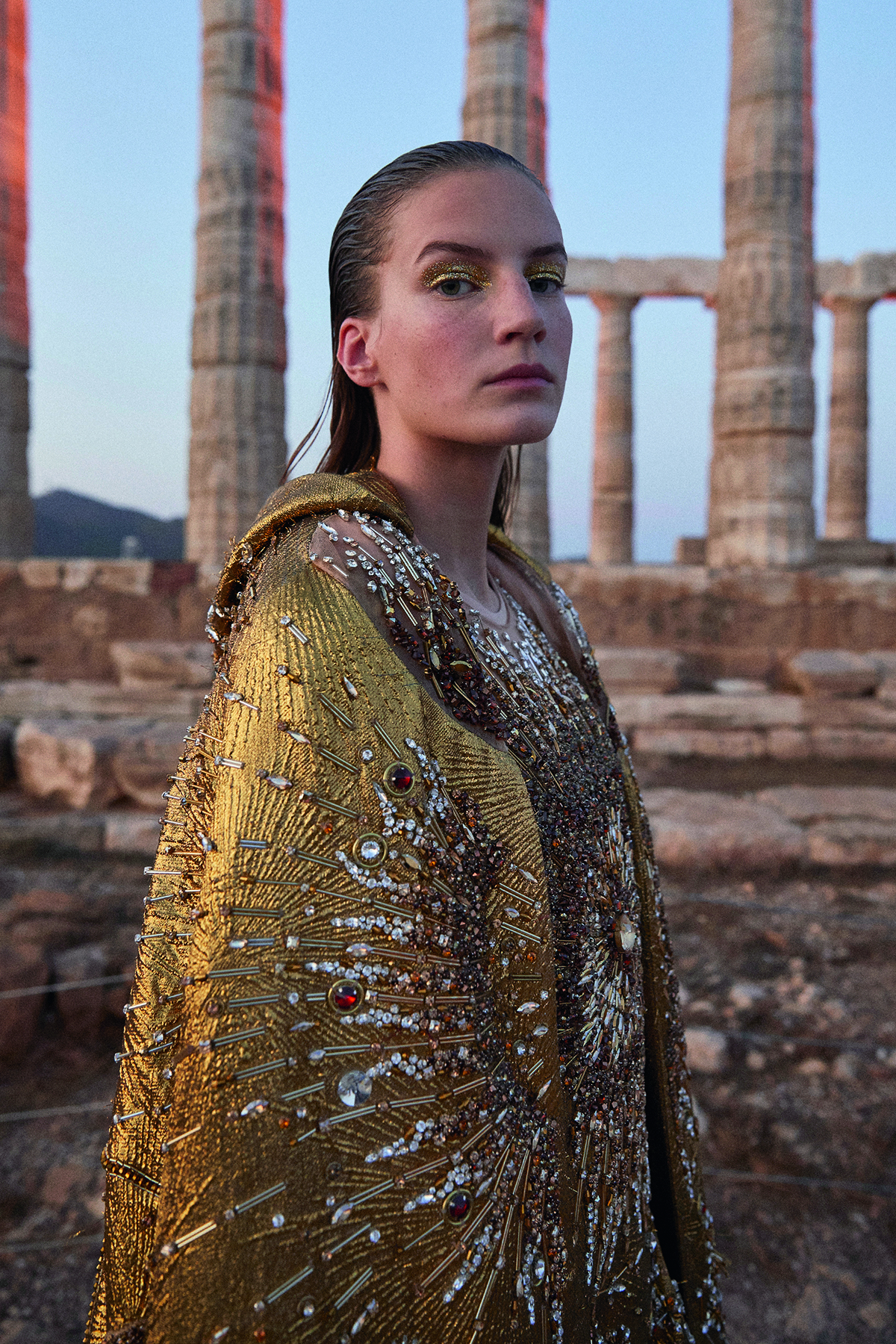
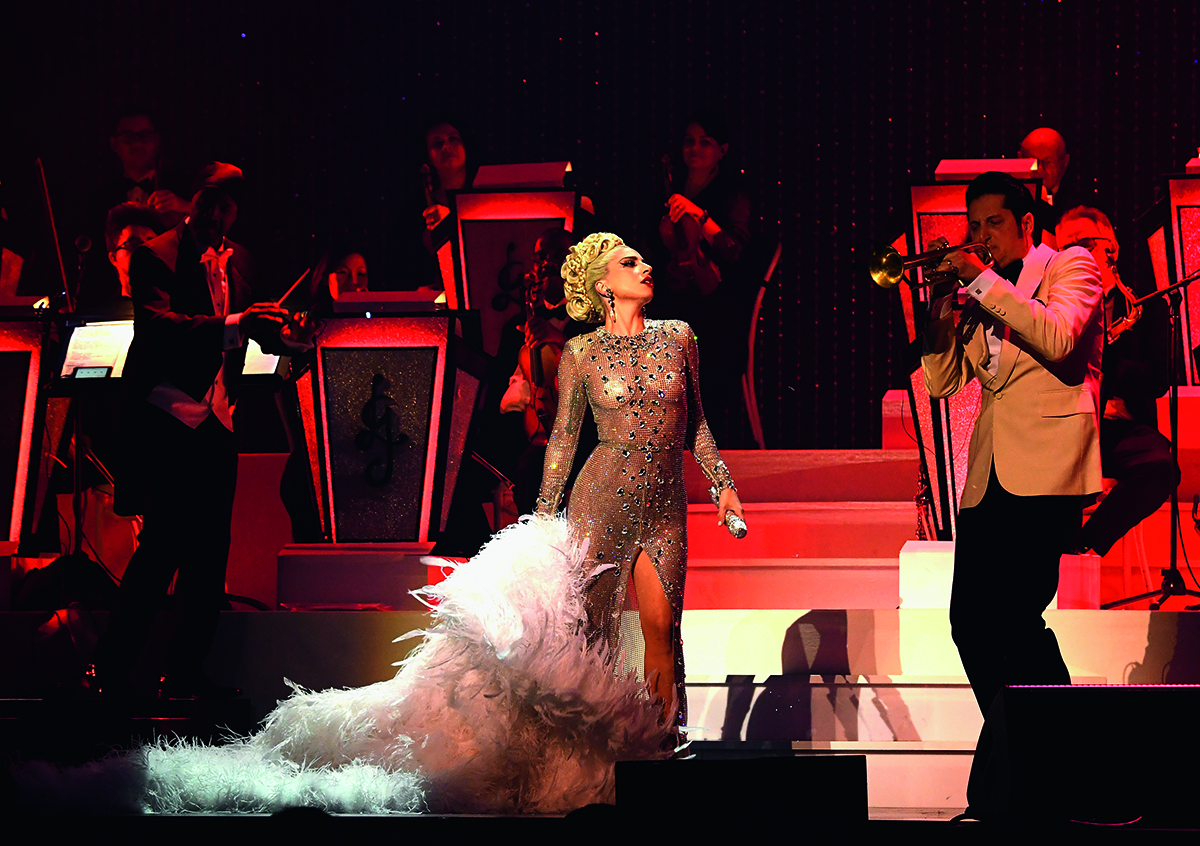
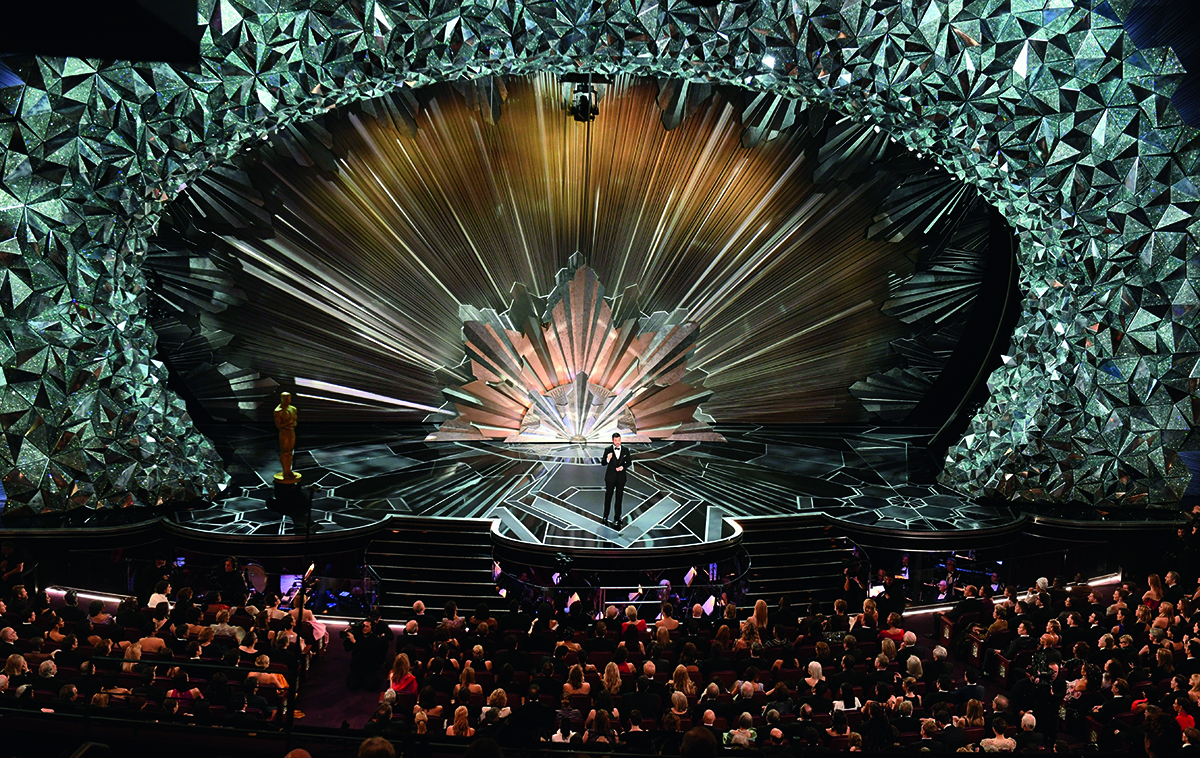
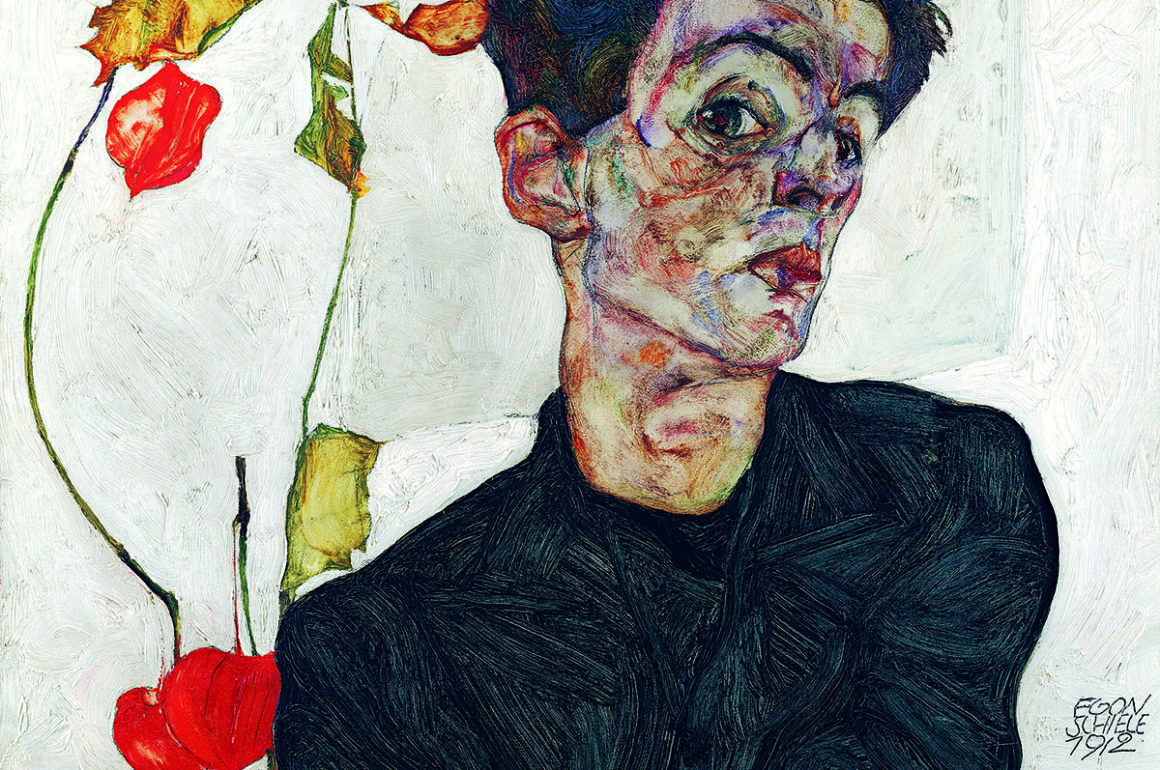
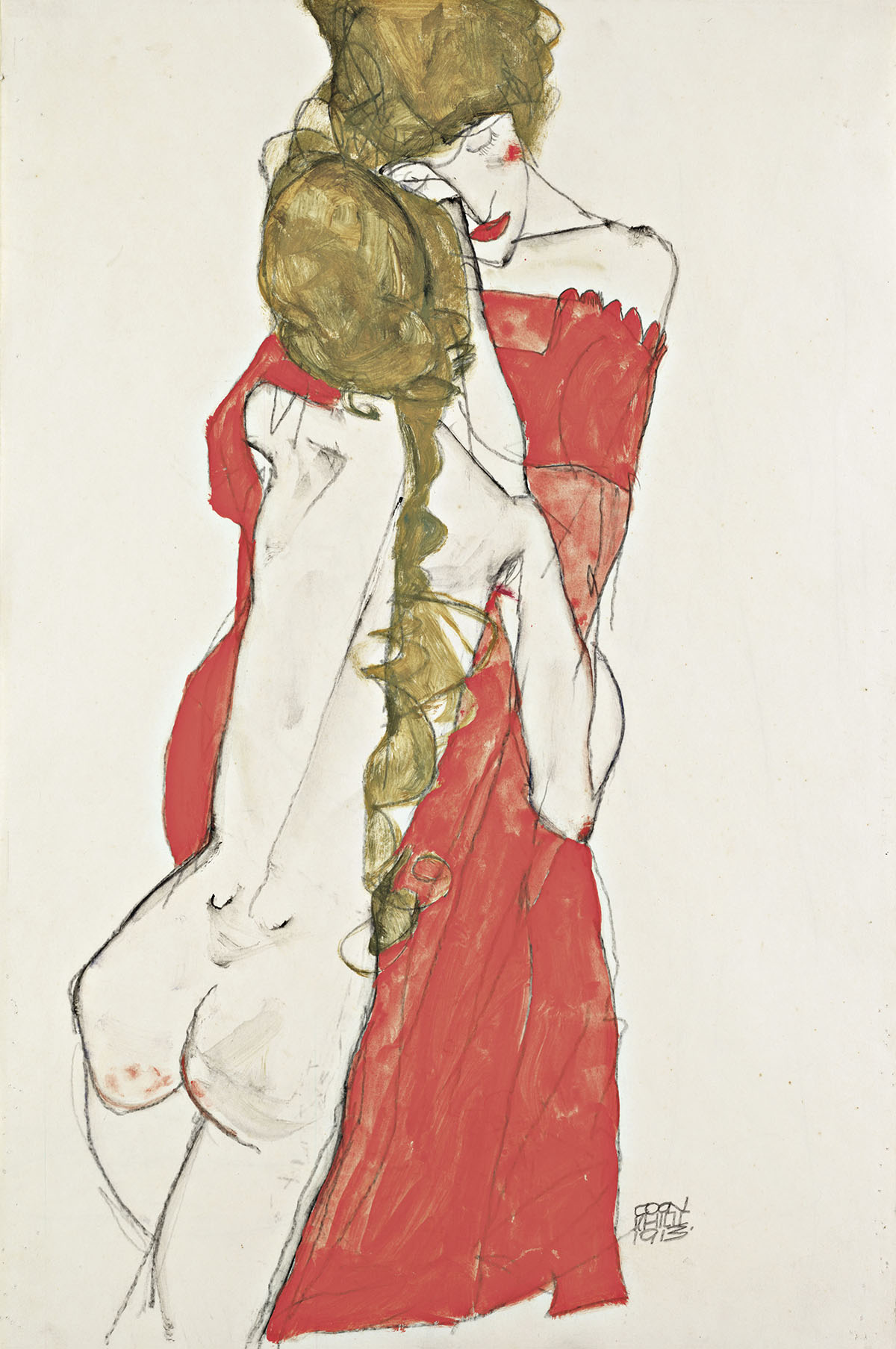
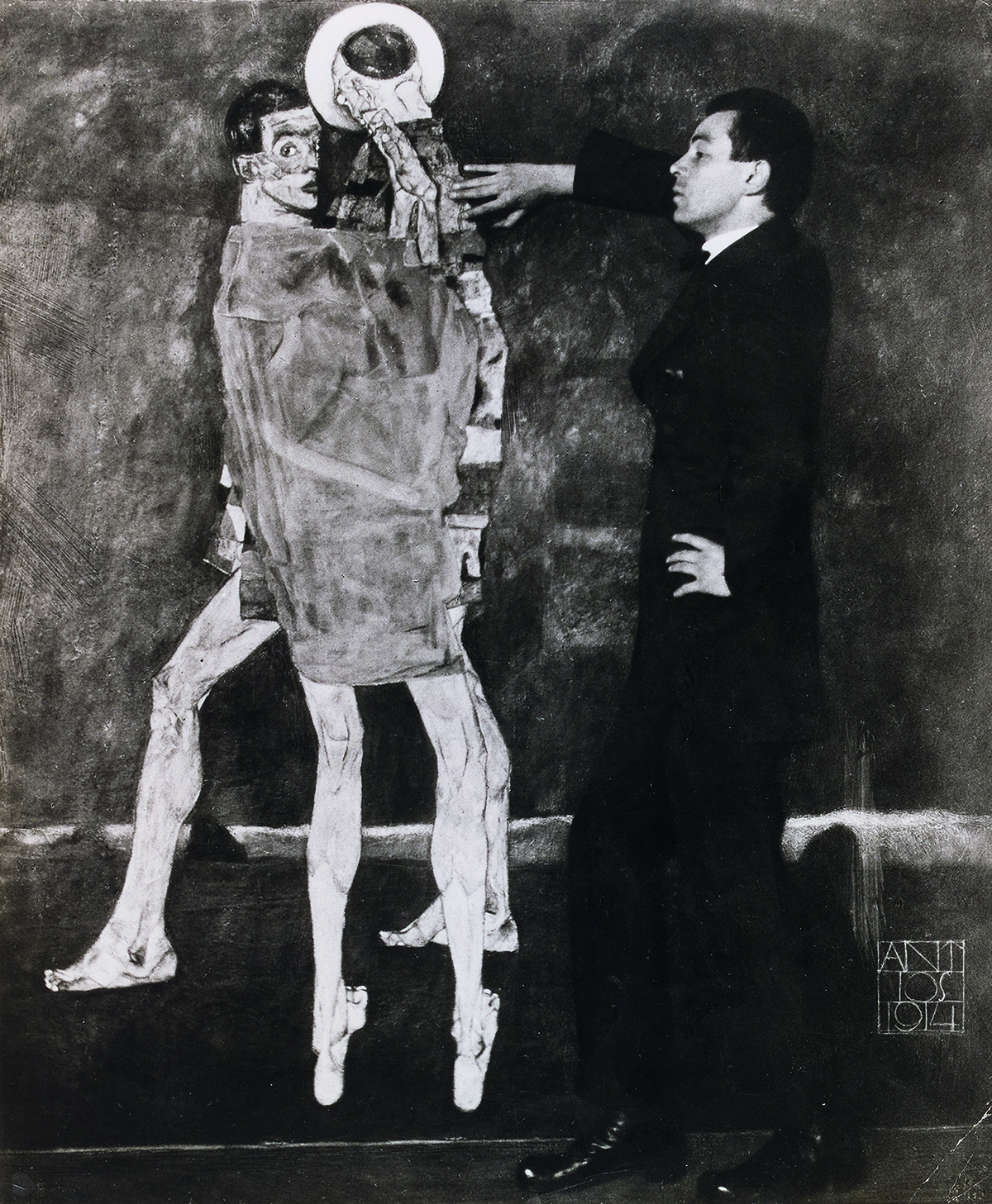
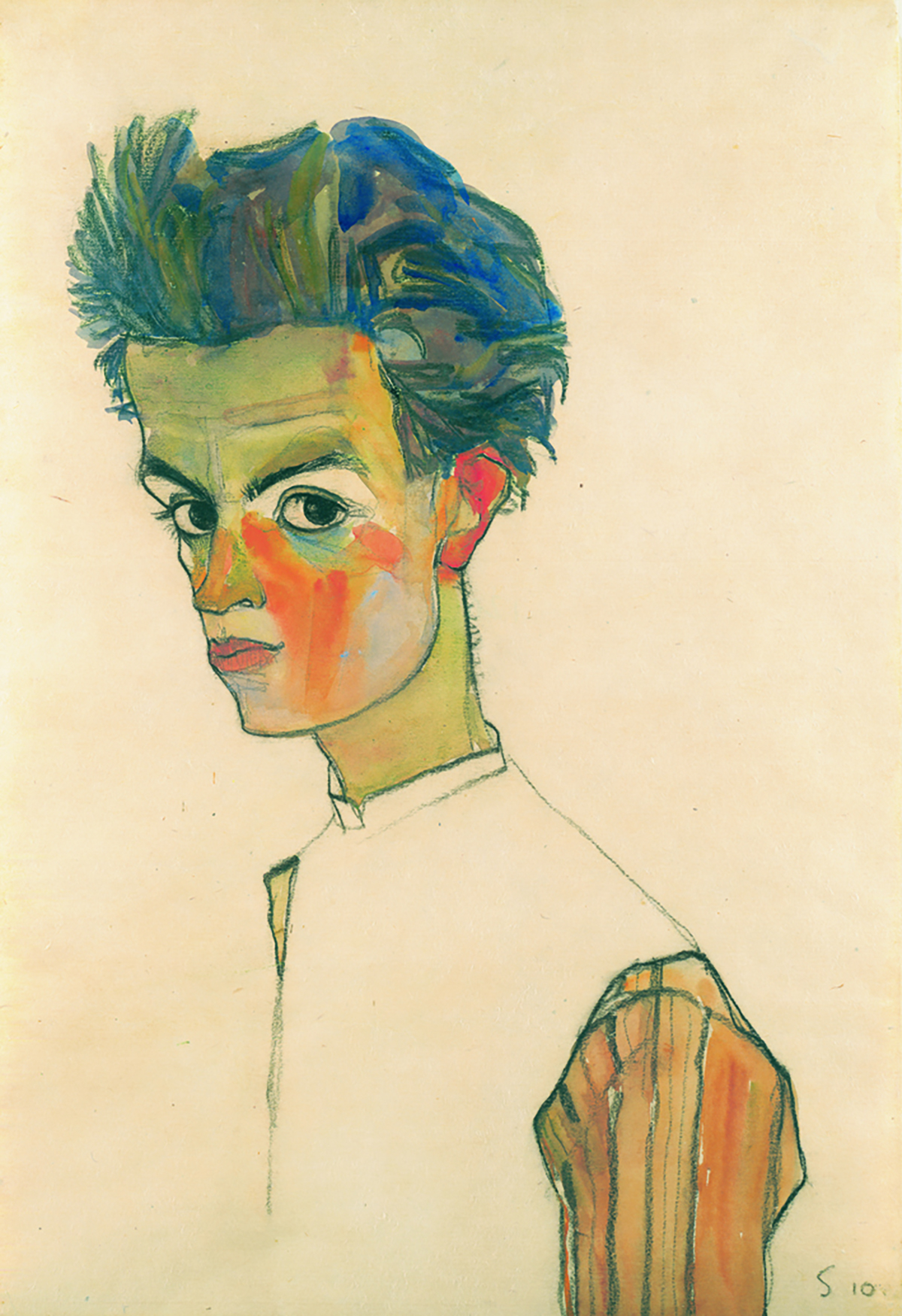
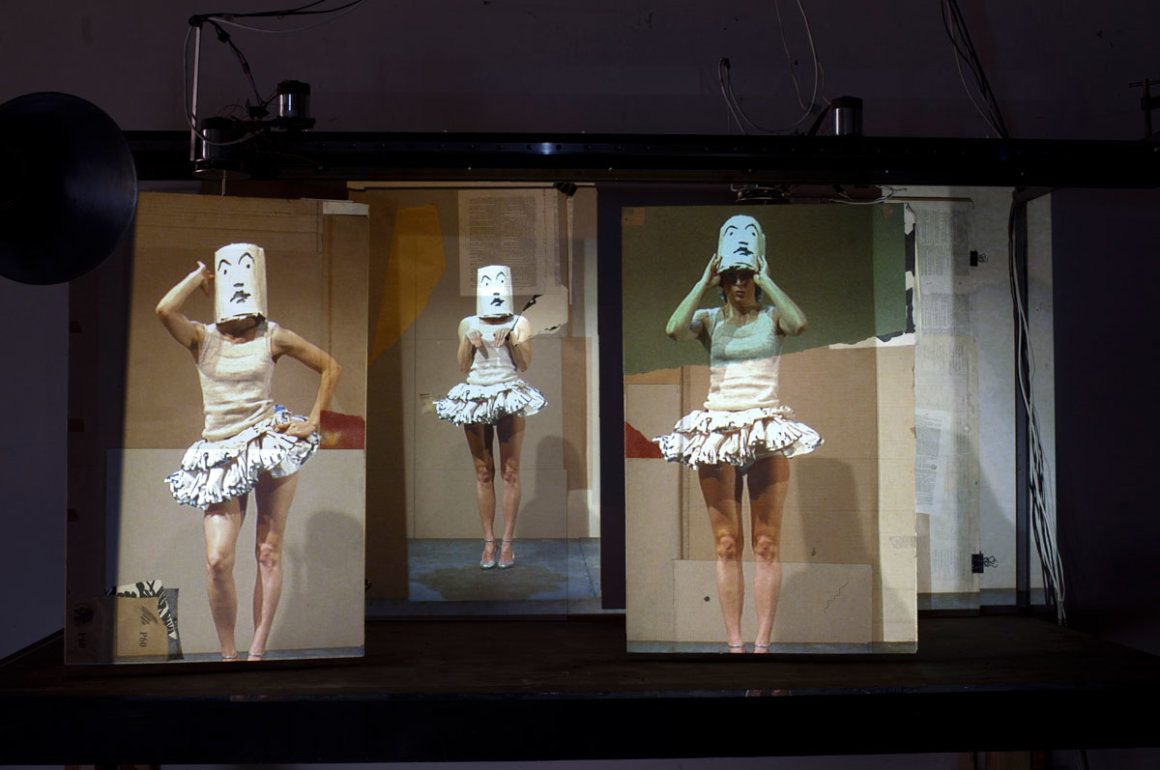

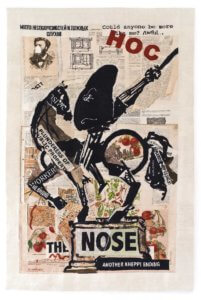
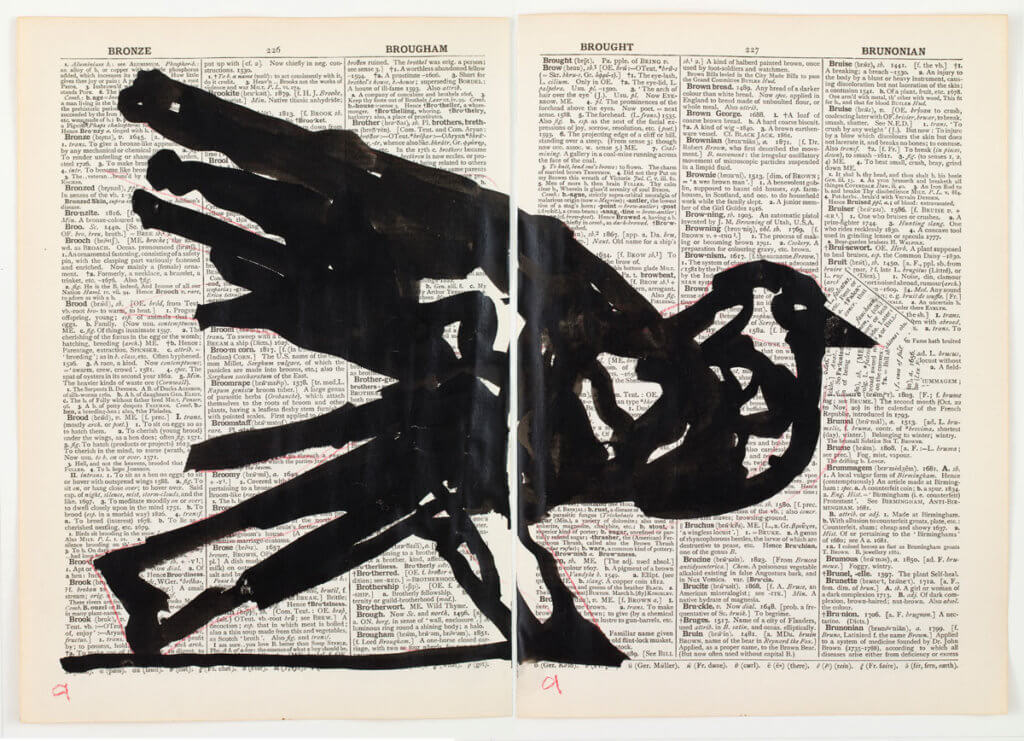
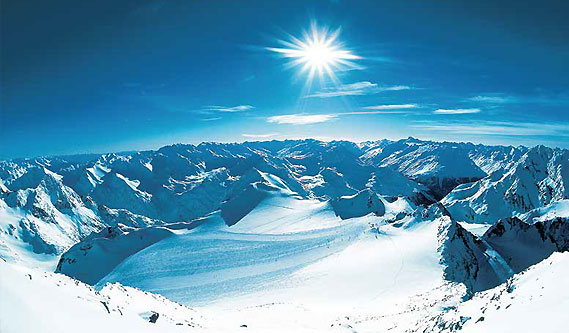









Recent Comments